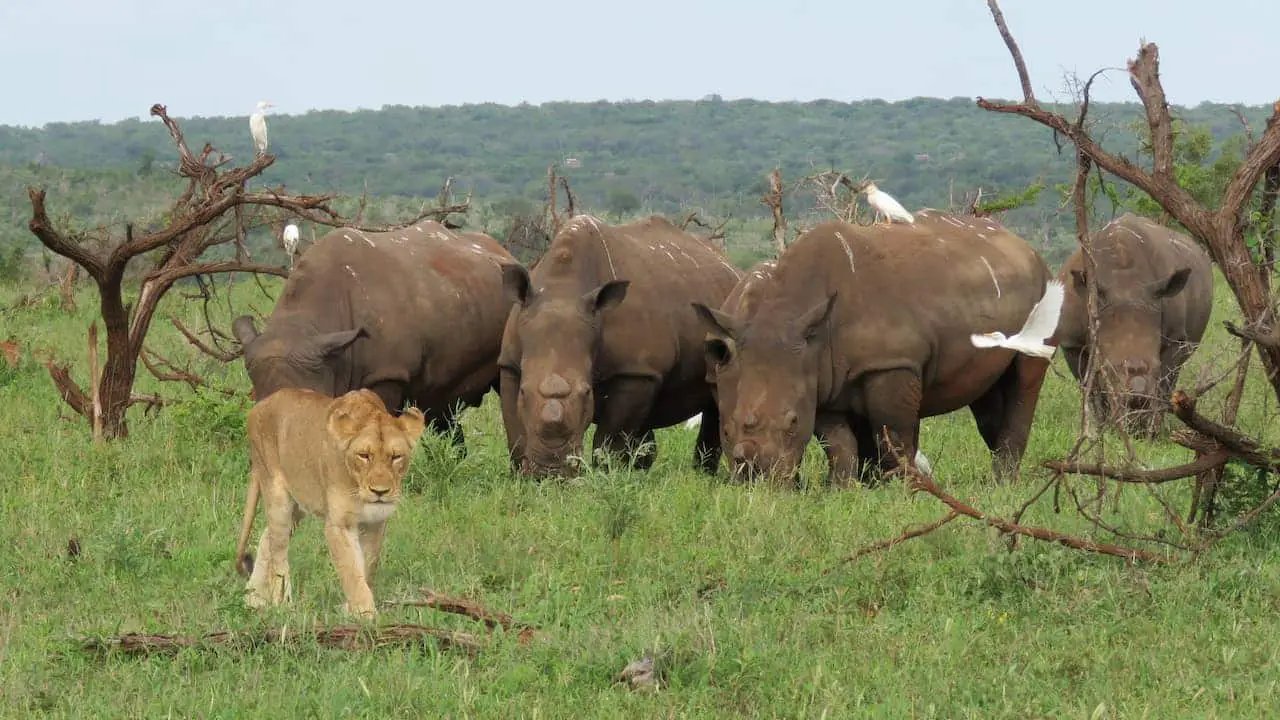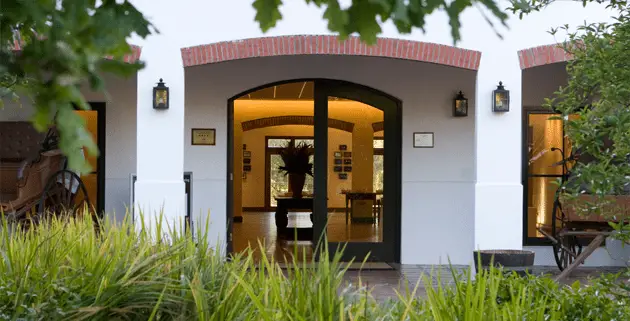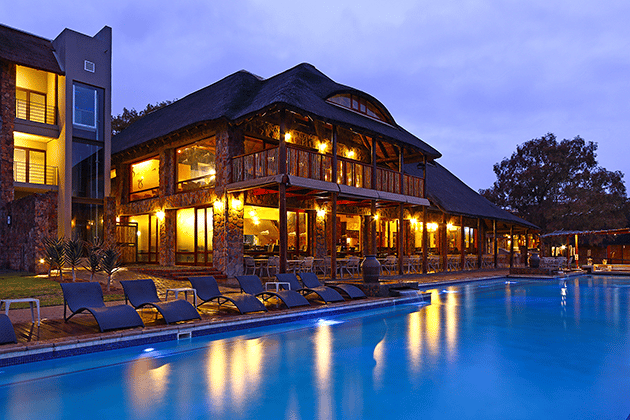Enviro Rehab Project in Eastern Cape
A long-term project that aims to eradicate alien invasive plant species and re-introduce endemic flora is underway at Lalibela Private Game Reserve, located in the malaria-free Eastern Cape province of South Africa. By Des Langkilde.
Following the sale of Lalibela Game Reserve and the subsequent purchase of additional farmland (read more here), the new owners have embarked on an aggressive project to rid the reserve of all alien invader plant and tree species. (Read more on the impact of alien invasive trees here). A new video about this project has just been released – watch this inspiring video clip on YouTube here.
“This is a very costly and ambitious undertaking but one that will rank among the more important conservation initiatives in the region,” says Lalibela Game Reserve’s Managing Director, Rob Gradwell.
“Besides the conservation value, this initiative will also create much-needed jobs for local communities, both directly and indirectly.”
I visited Lalibela to get an idea of the scope and complexity of this ambitious project and was surprised to see the progress that has already been made in such a short time span.
To put this project into perspective, consider that the reserve now extends across 8,555 hectares, and while 92.5% of the land is pristine indigenous bush, 7.5% is blighted with isolated pockets of inherited alien tree plantations, consisting mostly of black wattle (Acacia mearnsii). Alien weeds such as Jimsonweed (datura stramonium), known locally as Stinkweed or Malpitte (Afrikaans for ‘mad seeds’) is also prevalent.
“Unchecked, these alien trees will ultimately choke out the indigenous plant species, rapidly reducing the available habitat and food source necessary to maintain a balanced eco-system. A study has shown that a mature wattle forest can have up to 70,000 seeds per square meter of forest litter, so whilst alien flora only covers a small part of the reserve, if left unchecked it can become a major problem,” Rob told me as we traversed the reserve.
I’d done some research on the subject prior to meeting up with Rob and discovered that in South Africa, thirteen types of acacia are classified as invasive. These are classified into categories, with Category 1 being invader plants that must be removed and destroyed immediately; Category 2 plants that may be grown under controlled conditions only, and Category 3 plants that may no longer be planted in the country. (Source: www.environment.co.za).
The common names for these thirteen acacia species (with corresponding invasive plant category) are: Black wattle (2), Bailey’s wattle (3), Rooikrans (2), Silver wattle (1), Green wattle (2), Pepper tree wattle (3), Screw – pod wattle (1), Long-leaved wattle (1), Australian Blackwood (2), Kangaroo wattle (1), Pearl acacia (3), Golden wattle (1), and the Port Jackson willow (2).
Black wattle is regarded as an environmental weed in many parts of the world. It has been nominated as among 100 of the ‘World’s Worst’ invaders by the IUCN Invasive Species Specialist Group.
Rob and I visited a wattle grove on the reserve that is currently being cut down by teams of workers using chainsaws. The tree trunks were being cut about a meter above ground level, and the foliage branches trimmed from the trunks, while the second team of workers gathered the poles into piles along the dirt road, and a third team were busy loading the poles onto a truck. A large yellow caterpillar machine with mounted pneumatic earth digger arm was busy pushing foliage branches into piles and digging the remaining wattle trunks and roots out of the earth.
I asked Rob what the wood is commonly used for. “The larger logs will be converted to charcoal for supply to the mining industry, while smaller green timber is put through a shaver to be converted to bedding for the poultry industry and a myriad of other applications. Sub viable timber is stacked for use as fuel and firewood at the reserve lodges,” he replied.
And what becomes of the unearthed tree roots? I asked.
“They are left to dry and burned to ash when favourable wind conditions prevail. The ash is then spread across the now barren earth, to enrich the denuded soil with phosphates, after which indigenous grass seeds are sown.
“The new grass will not stop the millions of wattle seeds from germinating, but it will create competition for nutrients and light, which will hopefully limit the number of wattle seed sprouts.
“Add to this the effect of antelope grazing on the grass and inadvertently pulling new wattle shoots with each mouthful, and we may have a chance at beating the tide of wattle regrowth,” Rob concluded.
In parting, Rob Gradwell had this to say: “We at Lalibela are determined to persist with this challenge to not only rid ourselves of this conservation threat but also to enhance the overall guest experience for future visitors.
“Our request to the travel trade is that they contribute to this initiative by bearing with us through this sometimes unsightly process. The end result will be a triumph for ourselves and hopefully an inspiration to others faced with a similar threat. We are doing our bit and thank you for allowing us to continue our fight against alien invasive flora through your guests’ valued stay with us on our piece of African paradise.”
For more information visit www.lalibela.net
DOWNLOAD THIS ARTICLE in PDF – Click onto the image below.









